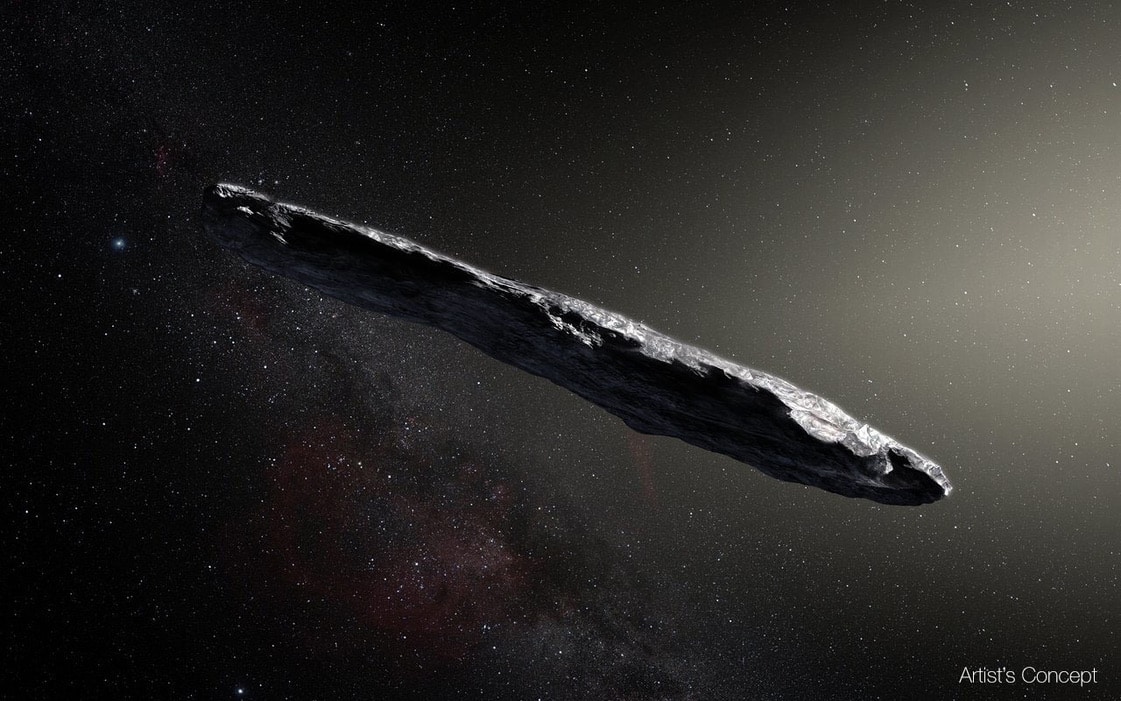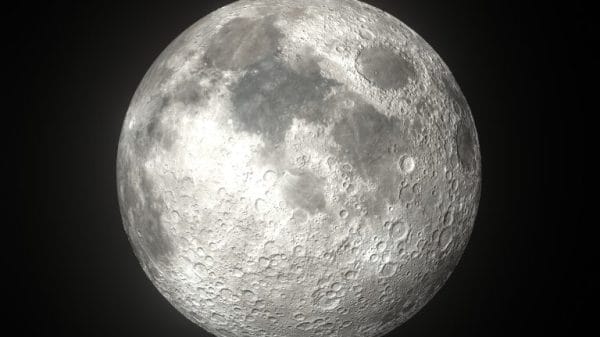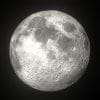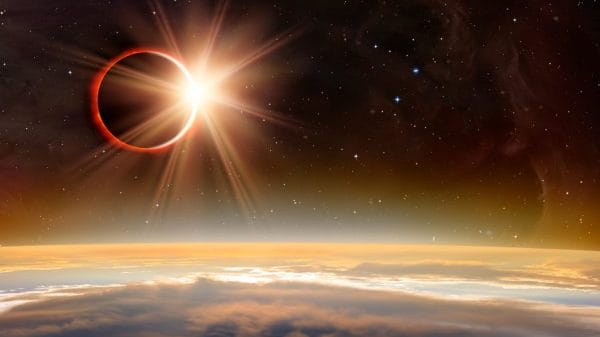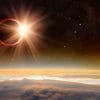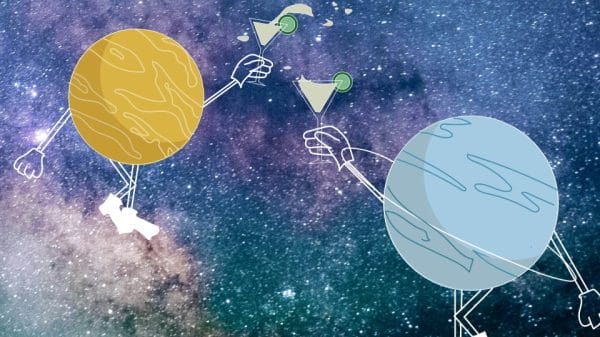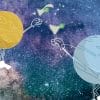On October 19, 2017, astronomers at the University of Hawaii spotted a bizarre anomaly floating inside our solar system.
Meet Oumuamua (pronounced “ooh-moo-ah-moo-ah”): the first interstellar object to be detected inside Earth’s solar system. Plenty presumed this abnormal object to be a large asteroid; however, Harvard’s Head of Astronomy suspects otherwise.
In his book, Extraterrestrial: The First Sign of Intelligent Life Beyond Earth, Dr. Avi Loeb argues Oumuamua was not a rock, but rather a scrap of alien technology.
Oumuamua
Oumuamua, which roughly translates to “scout” in Hawaiian, was first detected by a Hawaiian observatory back in September 2017. A team of astronomers used the world’s highest definition telescope—the Panoramic Survey Telescope and Rapid Response System (Pan-STARRS)— to detect the anomaly.
No proper photos were taken; however, astronomers were able to collect data for eleven days.
According to Loeb’s book, the object was unlike any ordinary comet. In terms of its physique, the object was cigar-shaped and shared a different color from other comets. It did not release any gases nor did it have a tail.
Meanwhile, Oumuamua was unusually bright. According to Loeb, it was at least “ten times more reflective than typical… asteroids or comets,” like 16 Psyche. Loeb likens the object to be as shiny as metal.
As for Oumuamua’s movement, it was not bound by the sun’s gravity. Rather, the object seemed to be pushed by a different force.
Space-craft or Space-rock?
From this information, Loeb deduces the object could maybe not exactly be an alien spacecraft, but at least something alien in nature.
For what is best, Loeb doesn’t want to jump to conclusions and fill the gaps with assumptions. Rather, Loeb hopes this discovery can encourage researchers to open up their mind to new possibilities.
“My point is that it is very difficult to explain the weird properties of Oumuamua with conventional natural processes, so studying objects of its type in the future will either educate us about an unusual natural source or about another civilization,” Loeb said. “Let’s collect evidence and not rely on prejudice.”
Loeb’s book is set to be released on January 26th, 2021.


